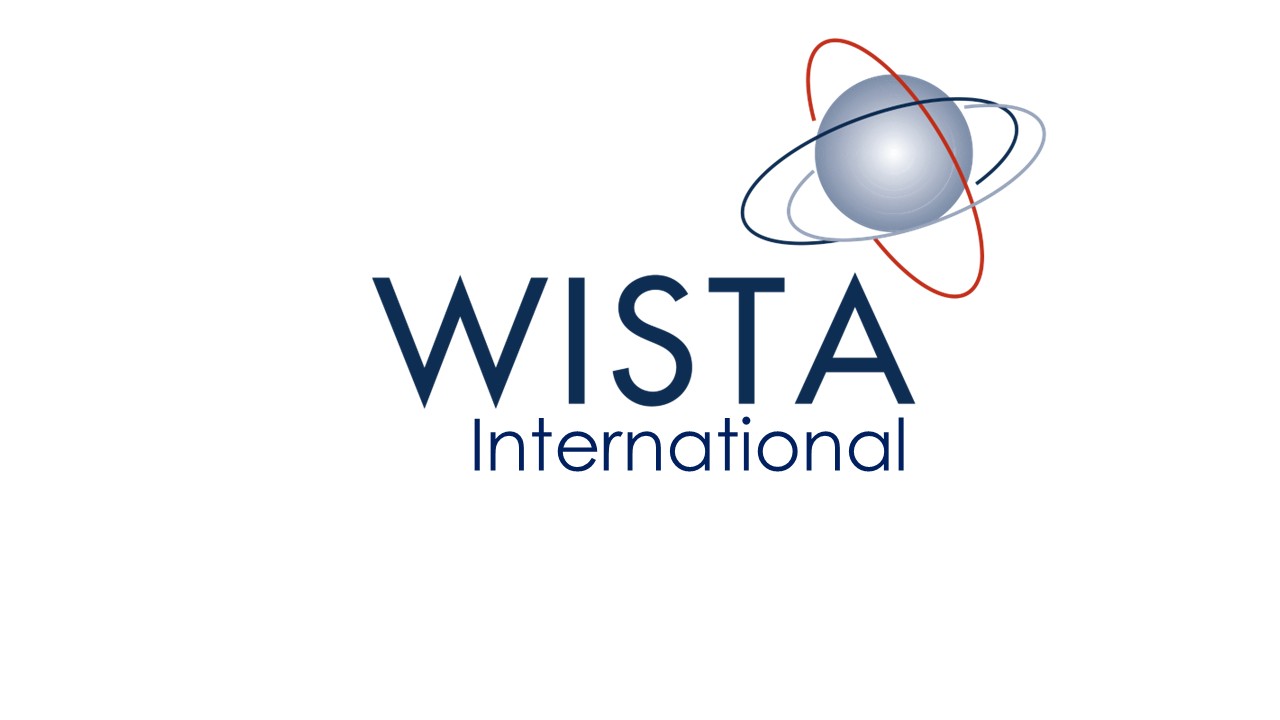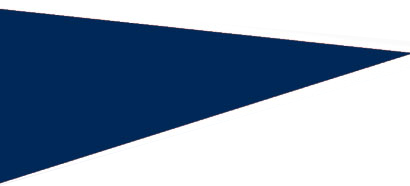How Hapag-Lloyd and Portchain are standardizing the global digital berth alignment
November 7, 2022
A port call is a beautiful thing, and is the beating heart of global trade. More than 6,000 container vessels circle the globe bringing goods from port to port, enabling more than 80% of manufactured goods to reach consumers and business across the world. A container ship arrives at a terminal, discharges and loads goods and when all is fine and done, the ship sails to its next port. This is what a cargo ship is meant to do, allowing trade to happen via sea.
But how is the arrival agreed on? With an ever-expanding number of ever-growing vessels, limited berthing locations, congested terminals and significant pressure on time and money, the arrangement of scarce quay wall meters is becoming more difficult and more complex by the day.
Agreeing on a berth plan between terminal and ship was easier and more straight forward when ships arrived mainly as agreed on in general contracts. However, schedules nowadays often experience interruptions (e.g., Covid, labor shortages, strikes etc.), requiring individualized negotiations for almost every single port call- all under time pressure, unstructured information flows and undefined global processes.
To speak one language during the port call operation, the DCSA (Digital Container Shipping Association) has published data point definitions ranging from berth arrival planning over cargo operations to berth departure. While these standards are being raised to industry standards by nine of the largest container carriers Hapag-Lloyd, MSC, Maersk, CMA CGM, ONE, Evergreen, Yang Ming, HMM and ZIM, the standards also enable digital solutions to be developed that support standardized berth arrival planning.
Hapag-Lloyd and Portchain partnered to deploy and roll out Portchain Connect, to digitize and standardize the berth alignment process across the world, leveraging the newly developed DCSA standards. Portchain Connect provides an early and transparent way to exchange berthing data between the terminal and the ship owner/ carrier. Timely information about berth availability allows the ship to adjust its travel. Open communication about arrival times supports the terminals in their resource planning. Easy access to a website (no hardware required) reduces entrance hurdles, and an intuitive platform enables easy onboarding of users on all sides of the berth space negotiation process. No more time lost due to inaccurate or delayed information. No more frustration due to stale plans and manual efforts.
While the traditional processes of berth alignment are locally diverse and often based on manual work, such as phone calls and emails, the new digital processes allow for standardization and digitalization. With the use of the DCSA standards, Portchain Connect enables easy communication between terminal and port stakeholders. The standards are publicly available and can be implemented by all entities.
With this approach, information will be shared live and more reliably. Once a change becomes apparent, all related parties will get an automated update, allowing for immediate re-planning. Reading access can be given to additional parties who also depend on accurate and quick information.
Not only can this step increase communication between terminal and carrier by making changes visible in a digital environment, stakeholders can also make better decisions and create a more efficient environment for all port entities. This can optimize just in time arrival, as agreements can be found quickly. Ships schedules can be adjusted directly and impactfully. Slowing a ship down due to accurate information about berth schedule will create speed savings which leads to bunker savings. Eventually, these savings will create emission savings, as a coordinated just in time port call avoids unnecessary speeds on the sea travel.
This development is a milestone in the maritime industry. And I am excited to work on its growth.
Find more information about Hapag-Lloyd: www.Hapag-Lloyd.com, Find more information about Portchain: www.portchain.com, Find more information about DCSA: www.dcsa.org
Written by:
Dr. Katharina Renken, Hapag-Lloyd AG, Terminal Partnering
WISTA Tech & Futures Committee

